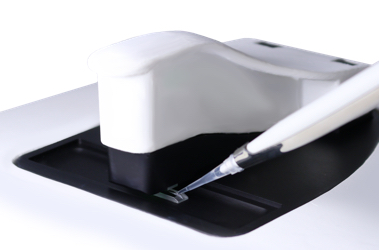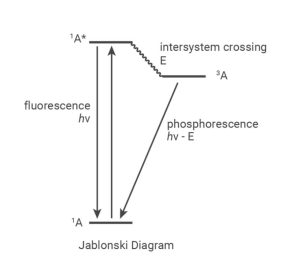Cell counting is a crucial part of cell biology and scientific research. Accuracy is paramount, whether the goal is to determine cell health, prepare cell samples or achieve some other function. Counting cells accurately and assessing cell viability can be achieved through several methods, but this blog post will focus on enhancing cell counting accuracy with fluorometric techniques.
Why is Cell Counting Important?
There are numerous reasons why a researcher may need to count live or dead cells: fundamental sample analysis and data acquisition; cell viability testing following experimental drug treatment; cell concentration determination; and so on. The applications of cell counting range from the most routine lab procedures to complex biomedical testing processes. Despite this enormous variety, cell counting applications are unified by a need for high precision. Accurate cell counts enable researchers to measure assay impact and standardize experiments.
What is Fluorescence?
Most readers are likely familiar with the concept of fluorescence, but it is worth outlining in the context of cell counting fluorometry. Fluorescence is a weak form of emission occurring after a molecule has absorbed light of a given wavelength. Electrons in a ground state become excited and transition to a higher orbital when irradiated. When the incident radiation is removed, those electrons return to the ground state, emitting light of longer wavelengths in the process.
What Fluorometric Methods Are Used For Cell Counting
Many fluorometric methods are available for accurately counting cells, which come under the umbrella term fluorometry. Fluorometry is the measurement of emitted fluorescent light, frequently used in quantitative analysis and especially in automated cell counting.
Fluorescence staining, or dyeing, is a method that is becoming more popular due to the high level of accuracy and sensitivity it allows. Living and dead cells can be identified and counted using stains such as acridine orange and propidium iodide (AO/PI).
The dyes used in staining can be categorized by their chemical, fluorescent and physical characteristics. Three key factors must be considered when using fluorescence for cell counting:
- Cell membrane permeability
- Fluorescence spectrum
- Fluorescence strength
The benefits of using fluorometric analysis equipment for accurate cell counting are that it is affordable, highly precise and reliable. Fluorescence assays such as AO/PI will only stain nucleated cells meaning cellular debris and non-nucleated cells do not interfere with the analysis. Fluorescence methods also remove the subjectivity associated with colorimetric assays such as trypan blue, improving accuracy and decreasing user-to-user variability. Other advantages include the equipment being zero to low maintenance with minimal set-up required, thus reducing the amount of human input required.
DeNovix Automated Fluorescence Cell Counters
DeNovix Inc. designs, manufactures and sells laboratory equipment to provide companies with innovative and high-quality life science products. Our products are available to customers worldwide, to whom we also offer outstanding customer service. Our flagship product for fluorometric analysis is the CellDrop
Our products supporting fluorometric analysis include the CellDrop FL; a dual fluorescence and brightfield cell counter designed to revolutionize the cell counting process. We also offer the DS-11 Series Spectrophotometer / Fluorometer, the QFX Fluorometer and our new suite of dsDNA Fluorescence assays. Our products are powerful, easy to use and require no set-up or installation.
Please don’t hesitate to contact us today if you want more information about the fluorometric analysis solutions DeNovix provides.




